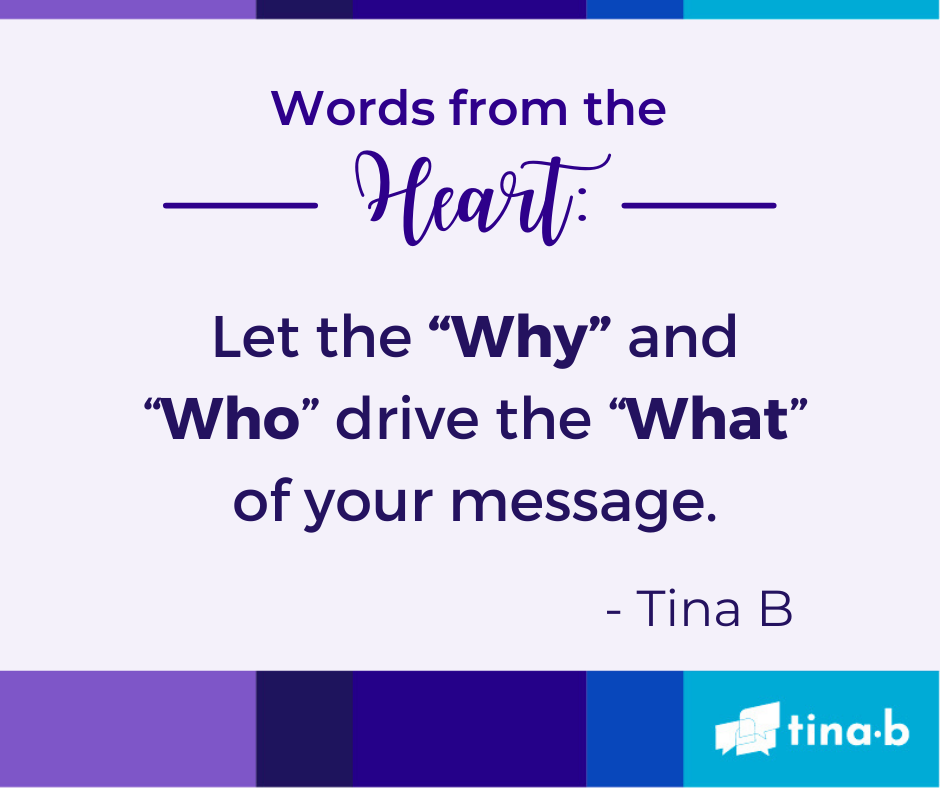Being Relevant Matters
My first-year teaching high school changed how I communicated to audiences. One student, *“Chris,” was failing all his classes, including my sophomore speech class.
I could have ignored the situation. I could have kept teaching the other students who wanted to learn.
I could have given up.
Instead, I stopped and reflected on the situation. I asked myself,
“How can I better connect with this student?”
How can I make the content more relevant for him and the other students?
I inquired, “Why?”
Why are these students here?
Because they have to be. They are not here by choice.
Then I asked, “Who is my audience?”
Teenagers. What do they care about at 15-16 years old? What they care about varies greatly from my interests at age 24.
Growing in curiosity, I questioned, “What do they need and want to know?”
I engaged in conversations with students in between and after classes. Chatting with Chris, I discovered more about him, his interests, and his life outside of school.
Chris worked two jobs.
Chris cared for his younger siblings.
Chris worried about feeding his family.
Suddenly, presenting a speech in my class became less important. Chris was in survival mode.
He needed support.
He needed information to help him move forward.
As I developed lesson plans, I focused on audience-centeredness.
I put myself in Chris’s shoes.
Soon, my class morphed into a learning, workshop space where students collaborated with my support to compose and practice their speeches.
I provided media examples to show HOW to be persuasive and effective communicators.
I shared stories on WHY communication is important in their lives.
I became more relevant.
Nina Simon, an executive director for a Santa Cruz Museum of Art & History, considered relevance to be an art. In her TEDx talk, she addressed two questions we should apply to be more audience-centered:
How much meaning will I get?
How much effort will it take?
Whether you’re presenting to managers, C-Suite, or a diverse group, explore what kind of meaning your audience will get from the content and put in the right amount of effort.
Put yourself in your audience’s shoes.
By making the content more appropriate for your audience, you’ll connect and create messages together.
Let the “Why” and “Who” drive the “What” of your message.
**Name change for student



